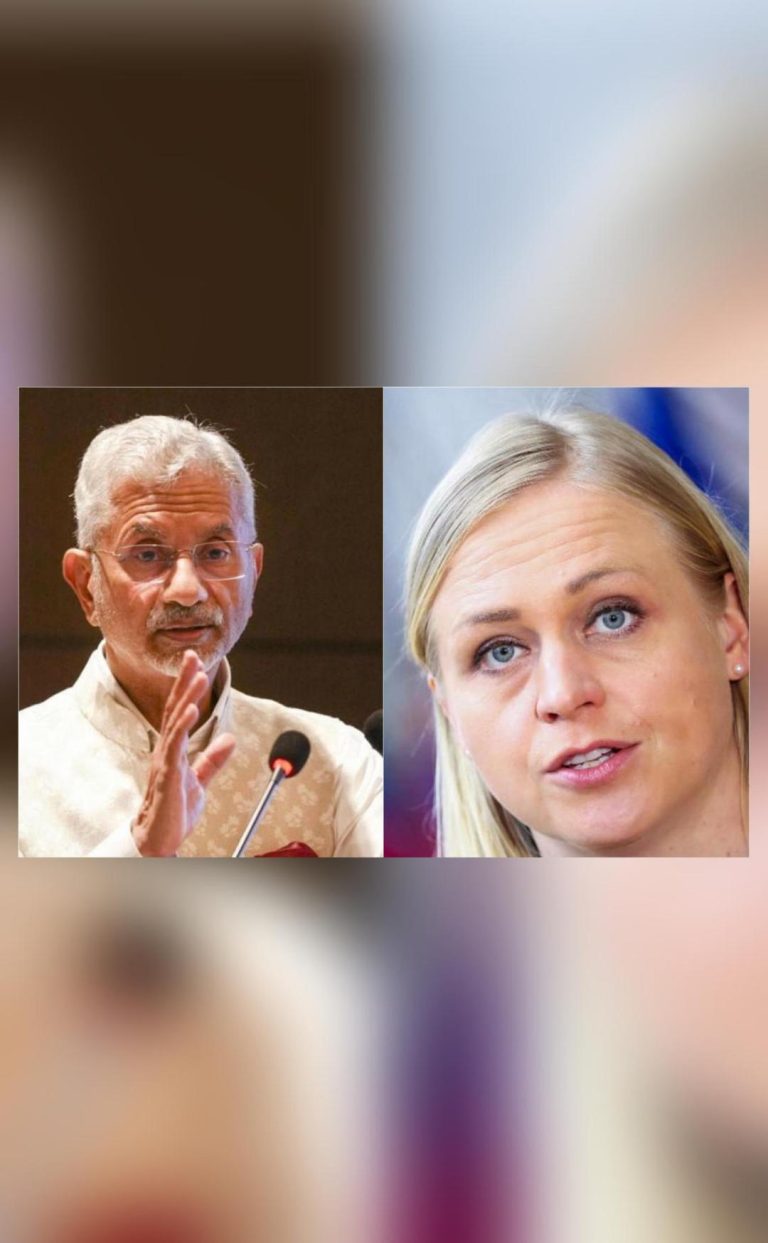
Find it Absurd: J&K CM as Helicopter Service Not Allowed in Amarnath Yatra Route
The Amarnath Yatra, one of the most revered and sacred pilgrimages in Hinduism, is all set to begin soon. The pilgrimage, which attracts millions of devotees every year, is a significant event in the Hindu calendar. However, amidst the preparations for the Yatra, the Jammu and Kashmir government has taken a decision that has left many perplexed. The government has declared the Amarnath Yatra route as a ‘no flying zone’, effectively prohibiting helicopter services for pilgrims. This decision has been taken as part of beefed-up security measures to ensure the safety of the pilgrims.
But not everyone is pleased with this decision. Jammu and Kashmir Chief Minister Omar Abdullah has expressed his reservations over this move, calling it “absurd”. In an interview, he stated that he finds it hard to understand why helicopter services are being prohibited in the Amarnath Yatra route. He added that this decision could send a wrong message to the rest of the nation about Jammu and Kashmir’s situation.
The decision to ban helicopter services has been taken in the wake of heightened security concerns. The Amarnath Yatra has been a target of terror attacks in the past, and the government is determined to ensure that the pilgrimage is conducted in a safe and secure environment. The ‘no flying zone’ declaration is aimed at preventing any aerial activity in the route, including helicopter services, to minimize the risk of any untoward incident.
However, the decision has not gone down well with many pilgrims and tourists who were looking forward to using helicopter services to reach the shrine. The helicopters were expected to provide a convenient and time-saving option for those who were unable to trek the long distance to the shrine. The decision has also been criticized by many as it will increase the physical exertion and fatigue of the pilgrims, especially the elderly and the infirm.
The Amarnath Yatra is a grueling trek that involves covering a distance of over 14 kilometers to reach the shrine. The trek is a challenging one, especially for those who are not physically fit. The prohibition on helicopter services will mean that pilgrims will have to rely on ponies or other forms of transportation to reach the shrine, which could be a daunting task for many.
The decision has also sparked concerns about the logistics of transporting pilgrims to and from the shrine. With the prohibition on helicopter services, the government will have to rely on other forms of transportation, such as buses and ponies, to transport pilgrims to and from the shrine. This could lead to congestion and chaos on the roads, which could further exacerbate the difficulties faced by the pilgrims.
In an era where technology and innovation are increasingly becoming the norm, the decision to ban helicopter services in the Amarnath Yatra route seems archaic and outdated. In many other pilgrimage sites around the world, helicopters are used to transport pilgrims to and from the shrine, providing a convenient and safe option for those who are unable to trek the distance. The decision to ban helicopter services in the Amarnath Yatra route seems to be a step backward, rather than a step forward.
In conclusion, the decision to ban helicopter services in the Amarnath Yatra route has sparked a controversy in Jammu and Kashmir. While the government’s concerns about security are understandable, the decision seems to be a step backward in terms of providing a convenient and safe option for pilgrims. The decision has also been criticized by many as it will increase the physical exertion and fatigue of the pilgrims, especially the elderly and the infirm. As the Amarnath Yatra begins soon, it remains to be seen how the pilgrims will cope with the new restrictions on helicopter services.






